
Written by Jan De Roeck
Marketing Director, Esko
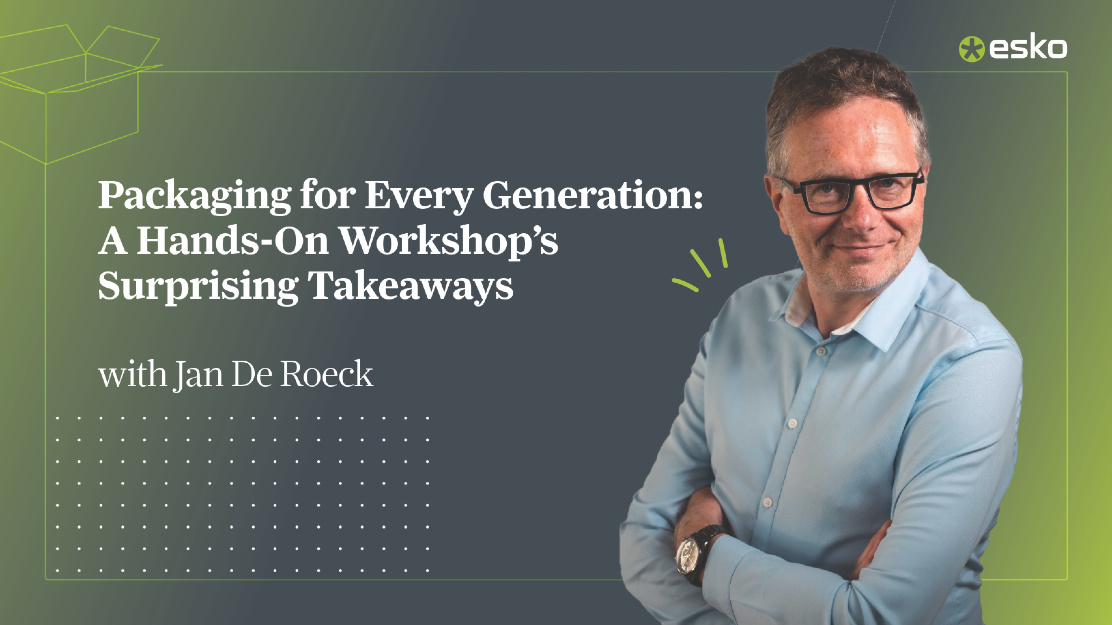

Written by Jan De Roeck
Marketing Director, Esko
When you think of the annual General Assembly Meeting of an association, it’s probably not topping any “most exciting events” list.
However, the Dutch Packaging Center NVC decided to turn that perception on its head.
At their “Algemene Leden Vergadering” (General Members’ Meeting), they decided to spice up the usual, mundane administrative agenda with a creative twist—a workshop titled “Packaging Design for All Generations.” The byline, “Discovering the impact of the different generations on packaging design together,” promised a fresh and engaging approach. And – even more exciting – the hands-on workshop was turned into a competition with the announcement of a mystery judge tasked with assessing the designs and appointing a winner.
It was a bold move to inject creativity into an otherwise standard regulatory meeting, and it succeeded in sparking my curiosity and critical thinking as a participant.
What piqued my curiosity in the first place is the overall concept of age segmentation. Is it a brilliant marketing construct or simply a convenient oversimplification?
Different generations coexist and interact daily, walking through the same shopping malls, navigating the same online stores.
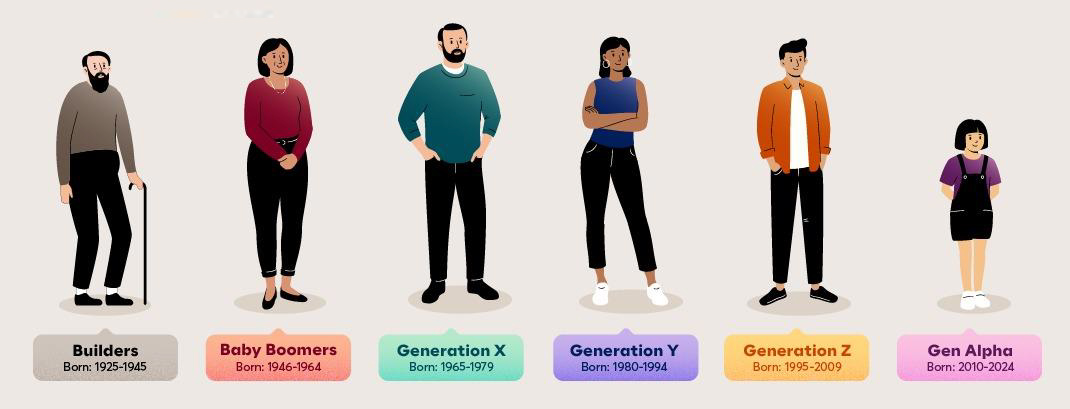
However, the idea of tailoring packaging design to specific groups of consumers becomes compelling for brands to connect effectively with their target age group.
Effective packaging isn’t just about aesthetics; it’s about connecting with the needs, habits, and values of your audience. This requires not only creativity but also a deep understanding of the target audience itself. Societal trends like digitization, migration, and gender equality all shape how people shop for consumer goods.
To put these insights into action, we started by writing a design brief and designing packaging for a personal care product targeting three distinct generations: Gen Z, Millennials, and Baby Boomers.
But there was a twist—each team had to leverage AI tools to develop their design concept and pitch. This added a layer of complexity and fun, as teams explored tools like DALL-E, Midjourney or Adobe FireFly to bring ideas to life.
Two teams focused on Gen Z, creating packaging for a fictive deodorant and makeup brand.
Gen Z are digital natives that grew up with smartphones and social media. They value honest, no-nonsense packaging with clear labeling and straightforward communication.
Reflecting this generation’s short attention span and preference for visual communication, both designs were vividly colorful and visually striking—the kind of packaging that not only appeals to a fast-paced lifestyle but also pops on TikTok or Instagram.
Interestingly, despite the creative possibilities AI offers, I found the resulting images to have a uniform style, revealing how much more there is to learn about tailoring prompts to get the AI tools to generate unique brand identities.
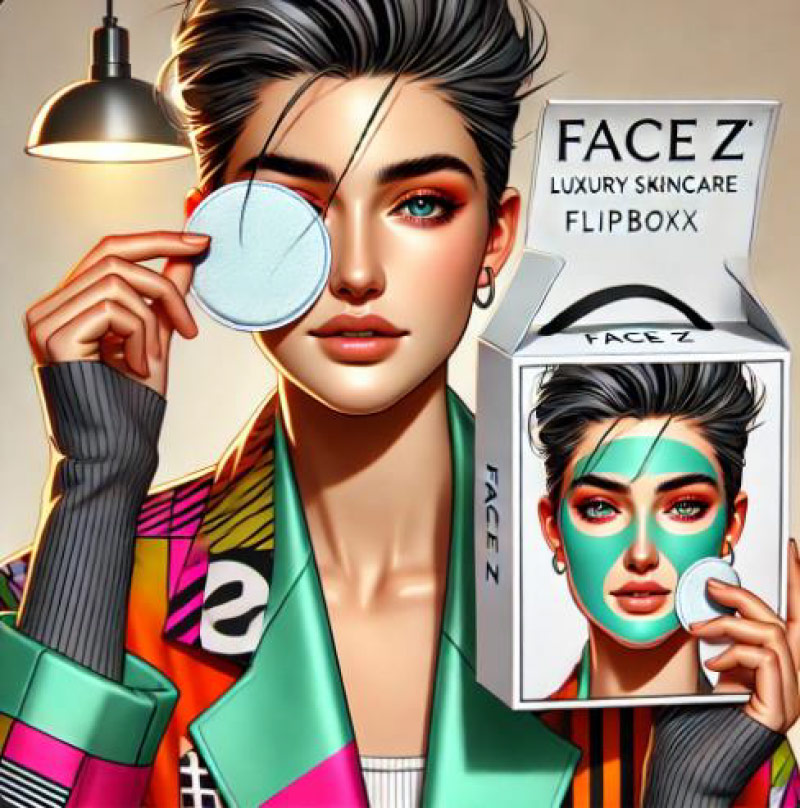
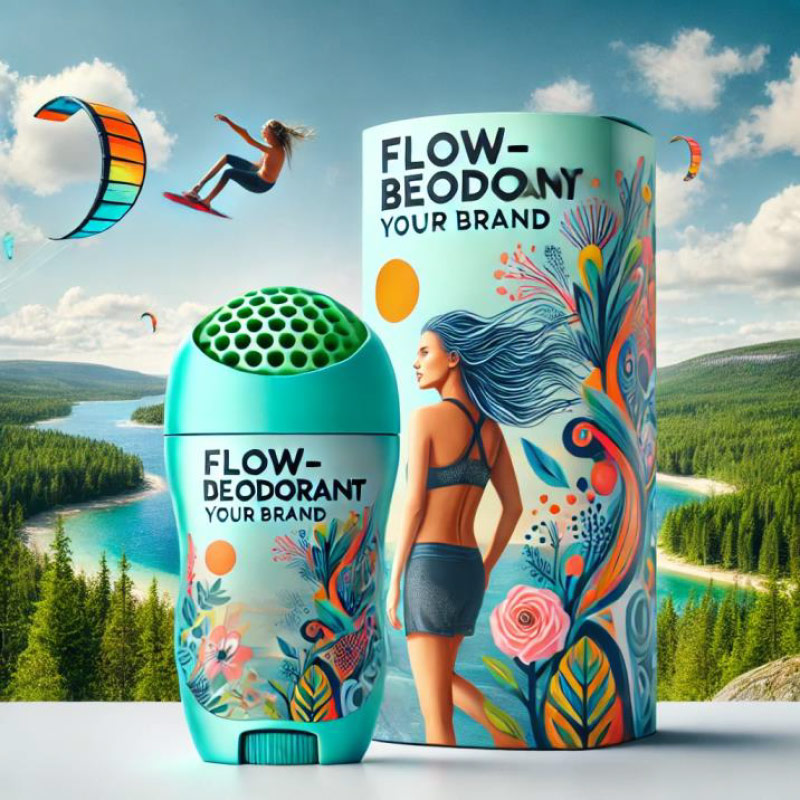
However, the ease with which non-designers could create professional-looking packaging demonstrated AI’s vast potential for graphic design.
This reminded me of the existing undercurrent of fear of AI not merely being yet another tool in the toolkit, but also a serious threat to employment… just some food for thought on which I will expand another time.
The Millennials workshop homed in on this generation’s desire for unique experiences combined with an appreciation for clear product information, ingredient transparency, and practical usability.
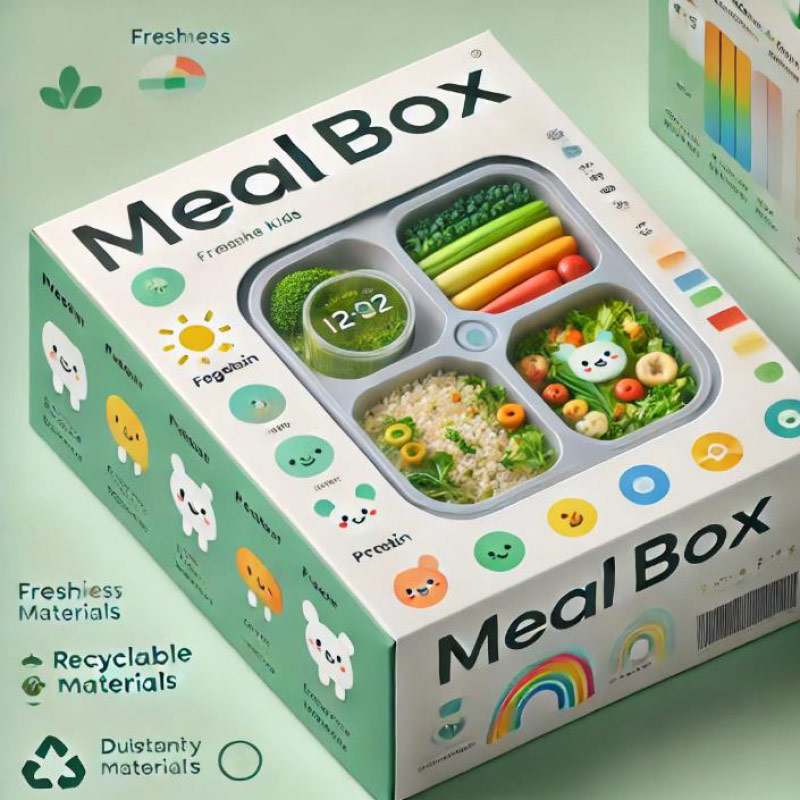
Health-consciousness, social responsibility, and functionality are the relevant keywords in the design brief for this consumer segment.
The team produced a standout design for a ready-to-cook meal box, including freshness indicators, logo-based cooking instructions, and the promise of a family meal prepared in just five seconds.
This concept captured Millennials’ penchant for practical yet innovative products that simplify life.
This generations’ teams – I was assigned to one of them – approached their task with creativity and nostalgia.
Packaging for Baby Boomers must be easy to open, handle, and reseal. User-friendliness wins over flashy design.
Boomers are drawn to familiar brands and prefer traditional, reliable packaging which conveys durability, quality, and value for money.
One team created a shaving cream in a style evoking classic, traditional values. Another developed solid shampoo tablets with packaging that emphasized accessibility and ease of use—features particularly valued by ageing consumers.
A fascinating contrast in how to tackle the challenge emerged between the two approaches. One team relied on hand-drawn sketches that were upgraded to professional images using AI, while the other fully embraced AI, producing a detailed 10-slide presentation starting from their design brief.
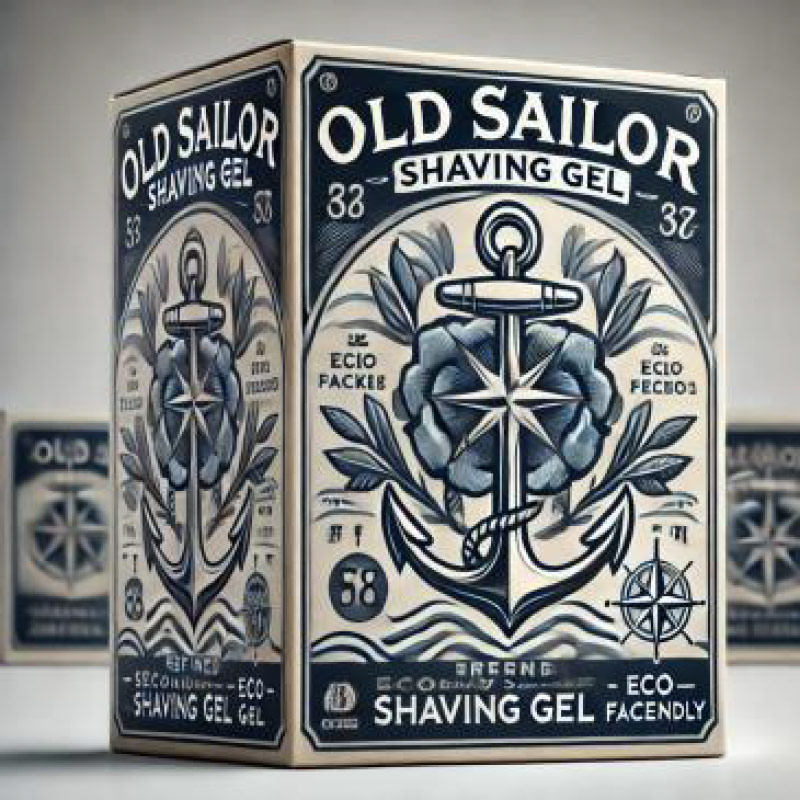
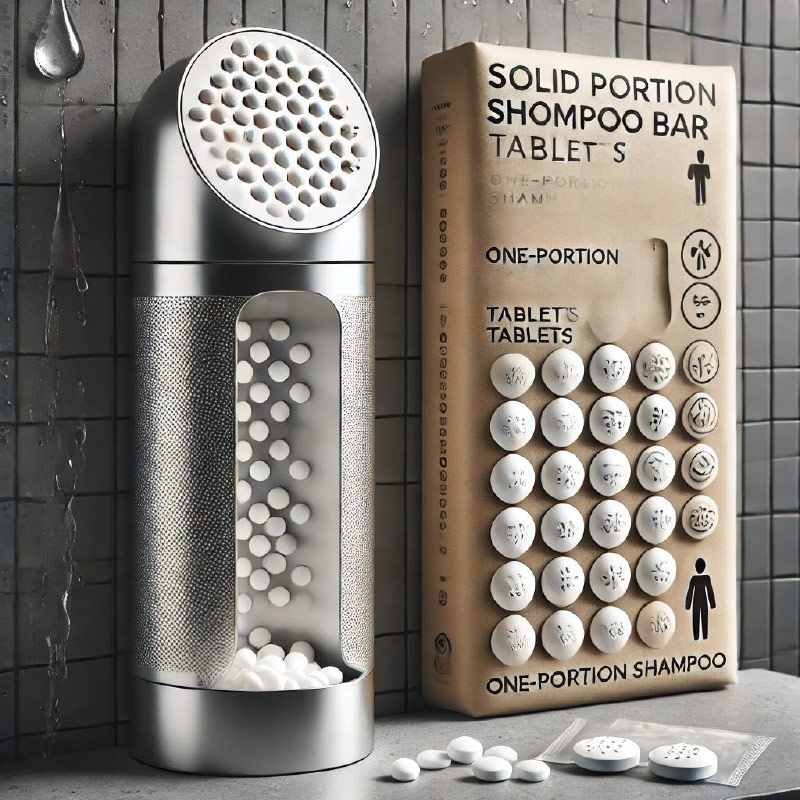
Here are my takeaways from the workshops and their pitches:
1. Know Your Audience: Tailoring packaging design to a target age group makes sense when aligned with the product’s positioning.
2. Societal Trends Matter: Broader shifts like digitization and sustainability influence consumer behavior across all generations.
3. AI is a Game-Changer: From generating visuals to structuring pitches, AI has enormous potential to democratize design. Yet, creating truly distinctive outputs requires expertise in writing prompts and managing AI tools.
The AI component underscored a major trend in design: the increasing reliance on technology to augment creativity. And at the same time, it sparked thoughts about how this is a threat to designers, copywriters and other creative functions.
So, who was the mystery judge who evaluated all the designs?
To everyone’s surprise, it was Santa Claus who walked into the room, bringing a festive touch to an already inspiring day.
True to the spirit of collaboration, he crowned all participants as winners—a fitting end to a workshop that celebrated the blending of innovation, tradition, and teamwork.
For packaging professionals, this experience serves as a reminder that creativity thrives at the intersection of old and new, tradition and technology.
Whether designing for digital-savvy Gen Z, health-conscious Millennials, or nostalgic Baby Boomers, the key is to stay curious, adaptable, and willing to experiment.
I left the workshop not just with new ideas, but also with new contacts in our industry and confirmation that we will thrive with the help of AI if we ourselves excel at what we can do best: being human.
Jan De Roeck, member of the Esko Corporate Marketing team, is highly respected and trusted for his insight in the graphic arts industry and his level of understanding of customer workflows and market requirements. He is a frequently asked speaker at industry events and represents Esko at different professional trade associations.
